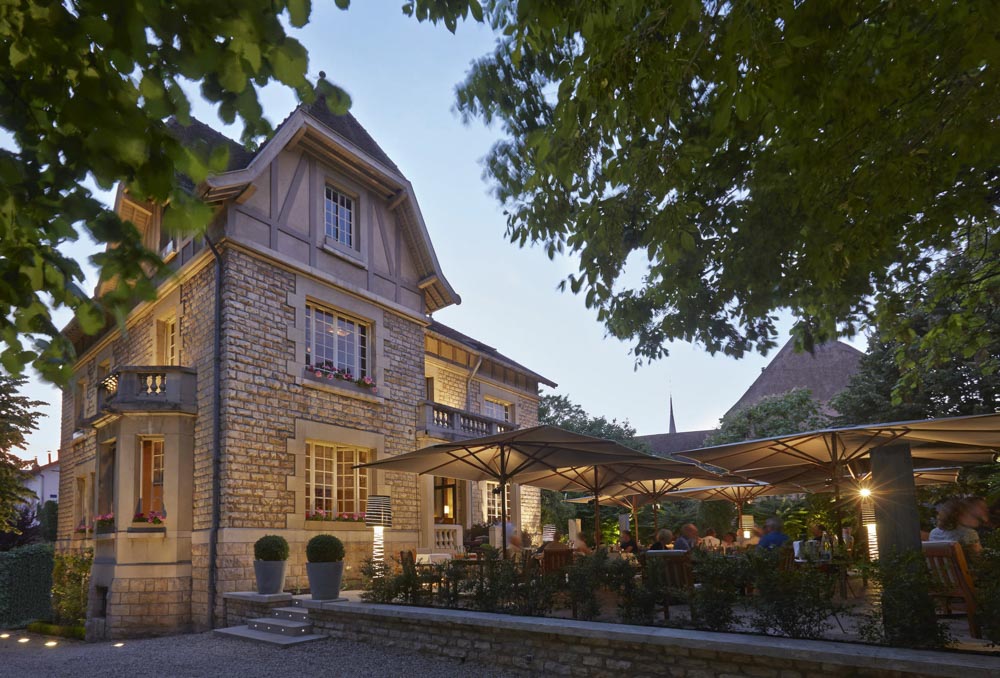Côte-d'Or
WELCOME TO Côte-d'Or
Entry Into Department
Dijon
8,763 km2
533,213
French

Popular
Geography and Tourist Attractions
Information about the canton's tourist attractions, including popular destinations, events, and activities.

The Côte de Nuits
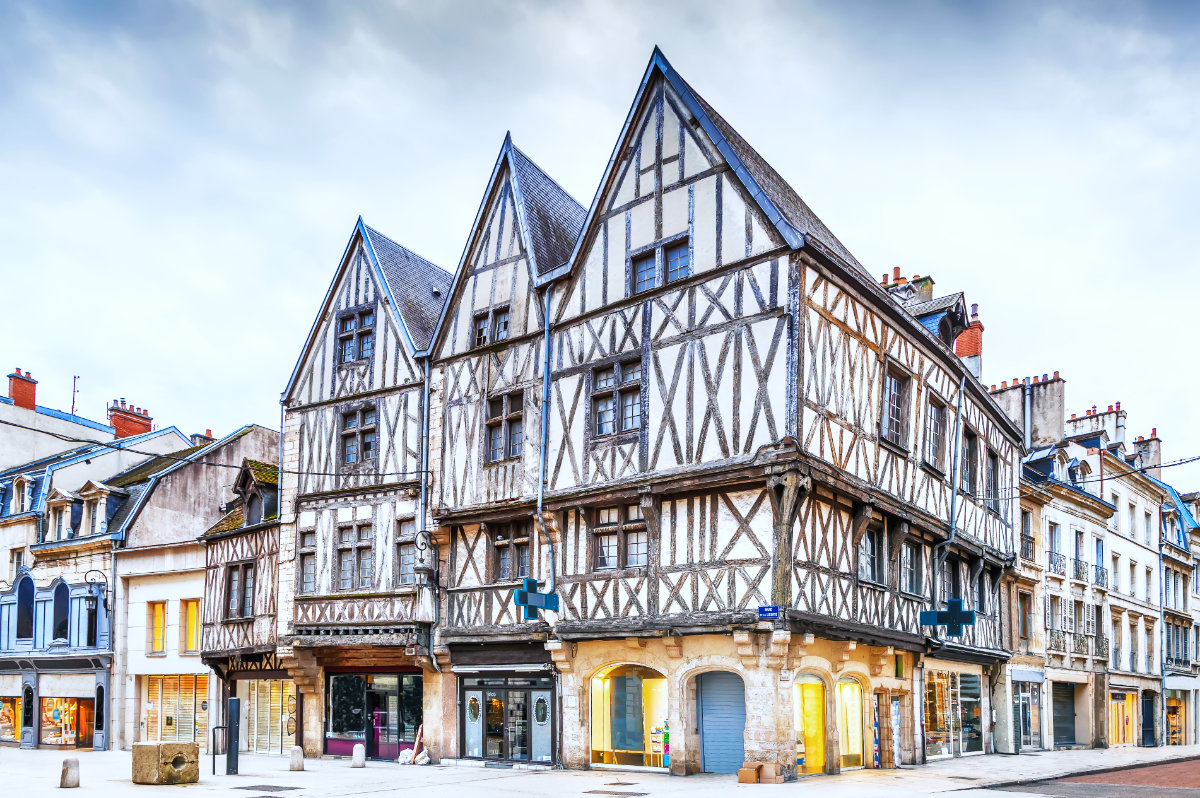
Dijon
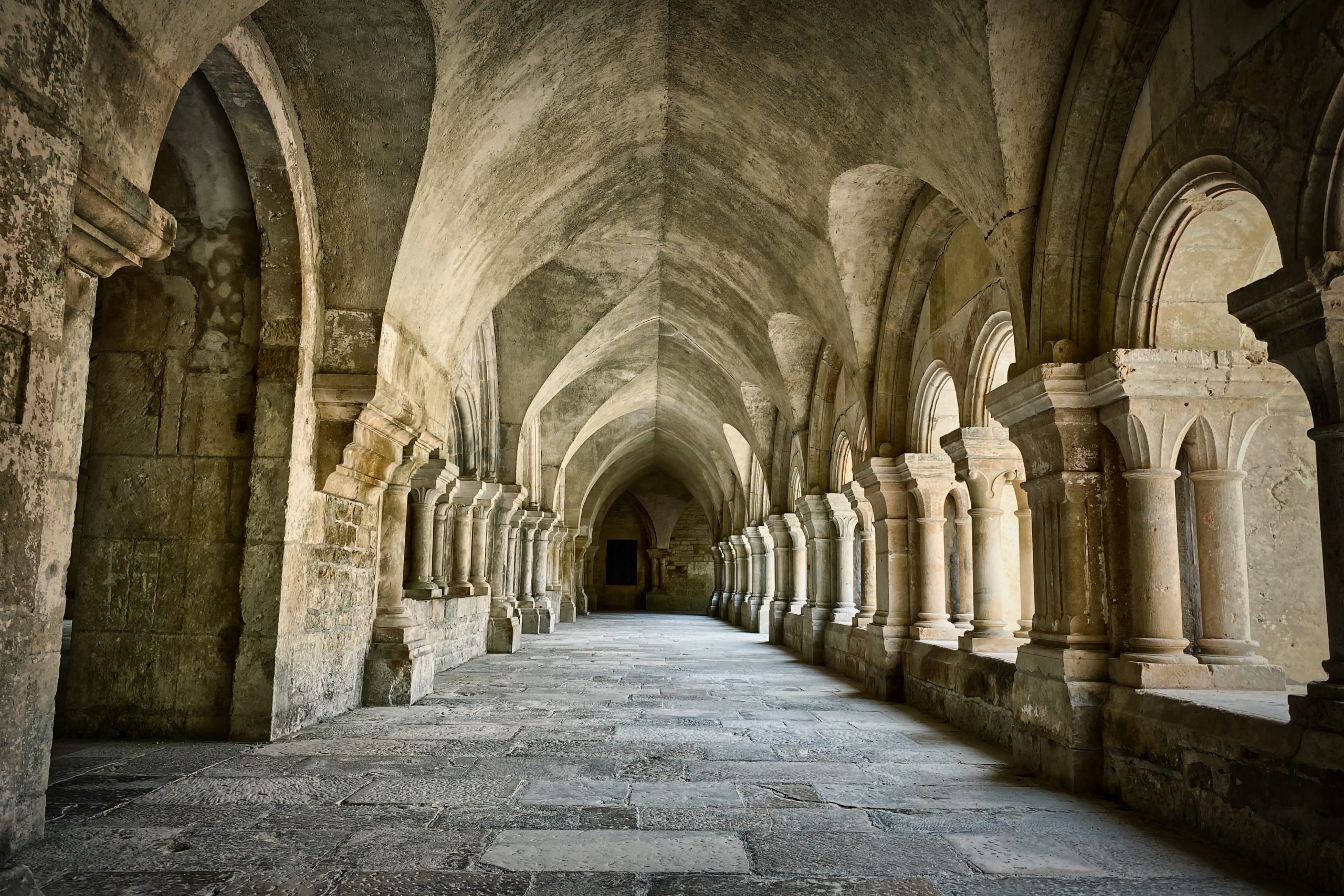
The Abbey of Fontenay
Political
Economy and Government
Côte-d'Or is an important economic region in France, with a diverse range of industries contributing to its economy. The region has a strong agricultural sector, producing crops such as wheat, corn, and sunflowers, as well as famous products such as Dijon mustard and blackcurrants used in the production of crème de cassis. The region is also a major wine producer, with vineyards and wineries contributing significantly to the local economy. In addition, the region has a growing technology sector, including research and development in areas such as biotechnology, pharmaceuticals, and engineering.
The local government of Côte-d'Or is led by the Conseil départemental, which is responsible for the management of local services, including transportation, education, and social services. The region is also home to the Regional Council of Burgundy-Franche-Comté, which is responsible for the administration of the larger region that includes Côte-d'Or. The regional council promotes economic development, tourism, and cultural initiatives throughout the region.
Côte-d'Or is also home to several higher education institutions, including the University of Burgundy, which is located in Dijon and offers a wide range of programs in fields such as science, business, and humanities. Overall, the region's economy and government are key factors in its ongoing development and growth.
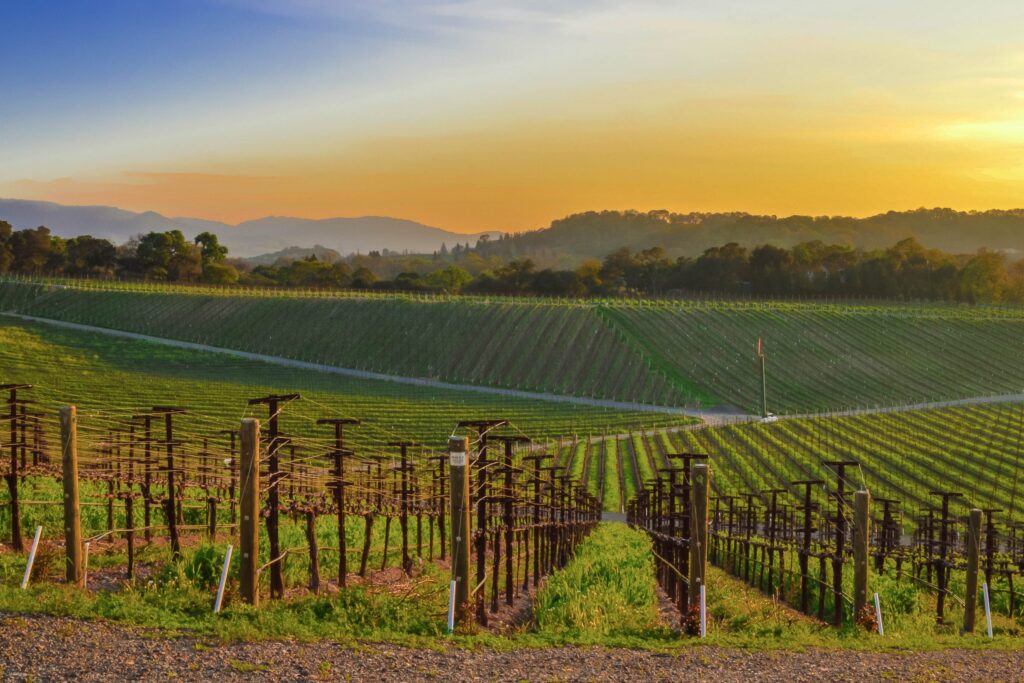
History
History and Culture
Côte-d'Or has a rich and diverse history that dates back to ancient times. The region has been inhabited since the prehistoric era, and evidence of early settlements can be seen in various archaeological sites throughout the region. The Celts, Romans, and Burgundians all played important roles in the region's history, which saw the construction of many castles, abbeys, and churches that still stand today.
The region is also renowned for its cultural heritage, particularly in the fields of art, music, and gastronomy. The region's capital, Dijon, is home to many fine art museums, including the Musée des Beaux-Arts, which houses a large collection of paintings, sculptures, and decorative arts from the Middle Ages to the present day. The region is also famous for its cuisine, including dishes such as boeuf bourguignon, escargots, and coq au vin, which are enjoyed throughout France and the world.
Côte-d'Or is also home to many cultural events, including music festivals, art exhibitions, and wine tastings. The region's long history and cultural heritage are celebrated through many cultural events and festivals, including the Dijon International and Gastronomic Fair, which celebrates the region's cuisine, as well as the Festival of Music and Wine, which showcases the region's winemaking traditions and musical heritage. Overall, the history and culture of Côte-d'Or are an integral part of the region's identity and character.
HOTELS
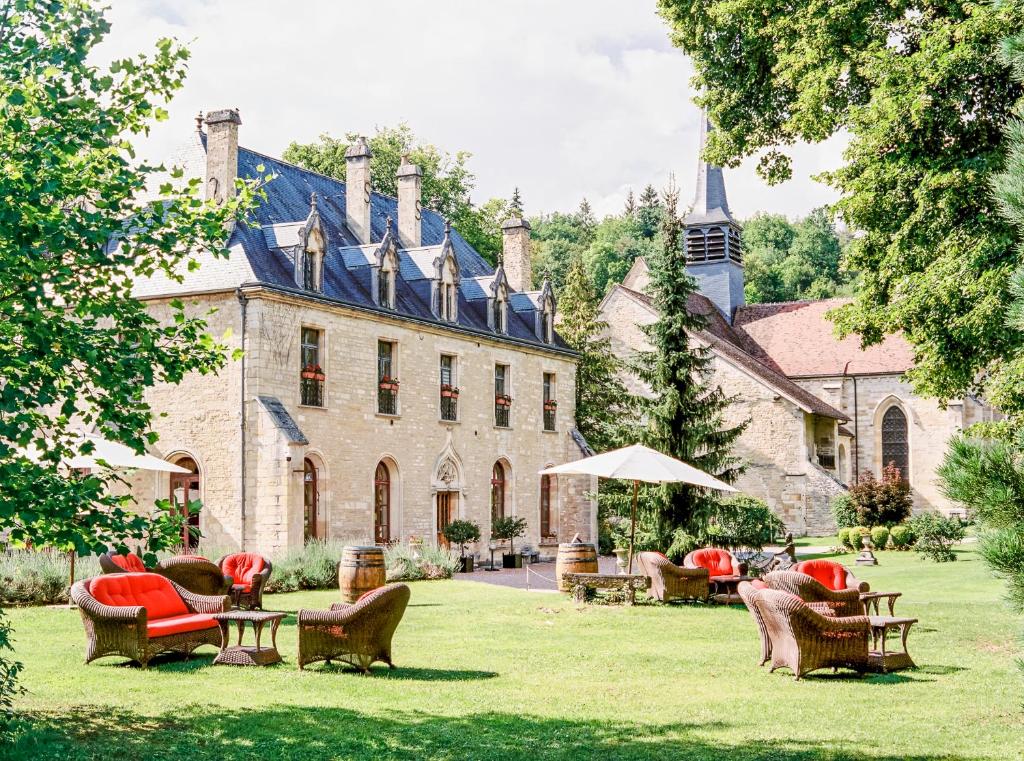
Abbaye de la Bussière
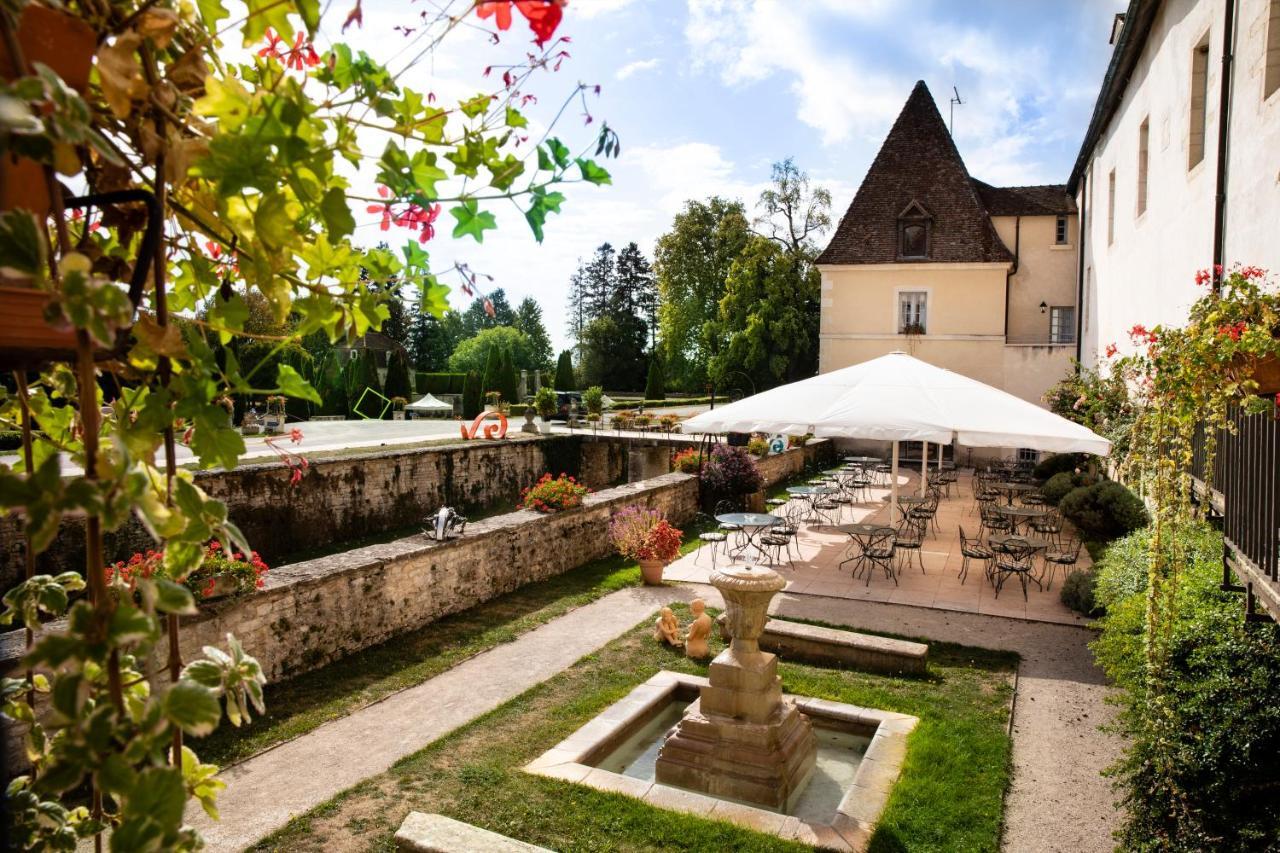
Château de Gilly
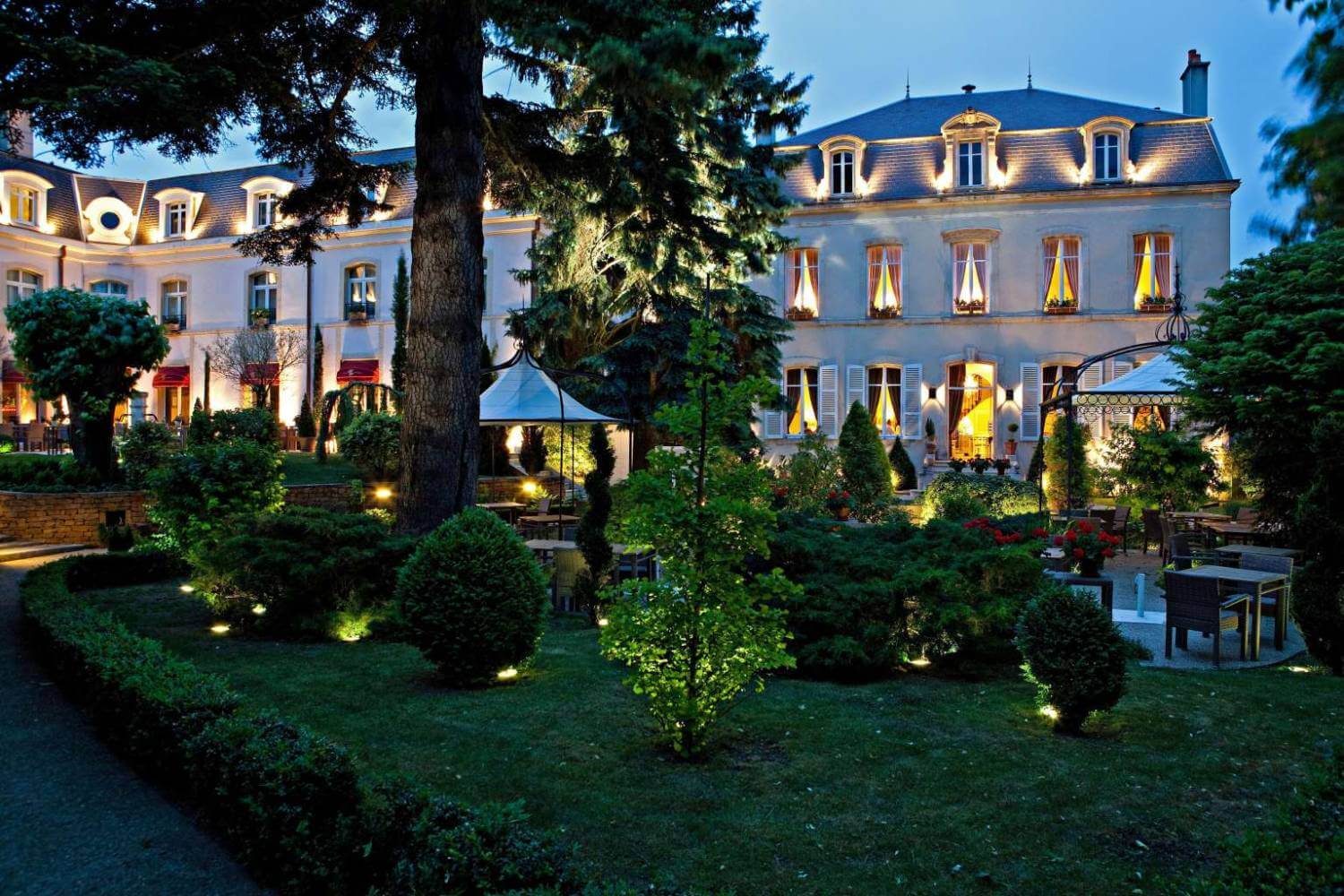
Hostellerie Le Cèdre
RESTAURANTS
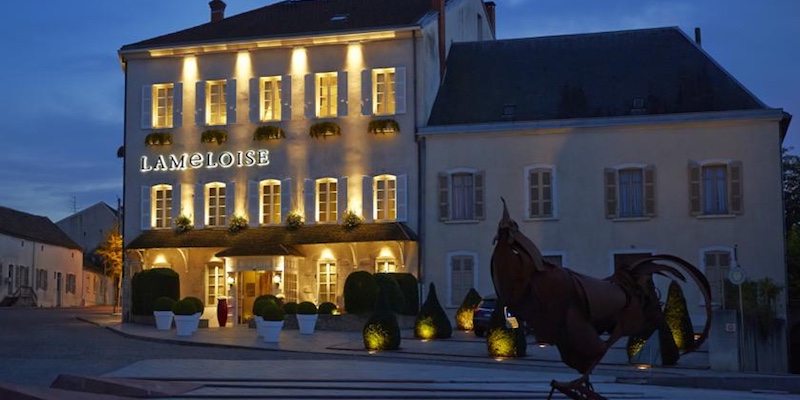
Maison Lameloise
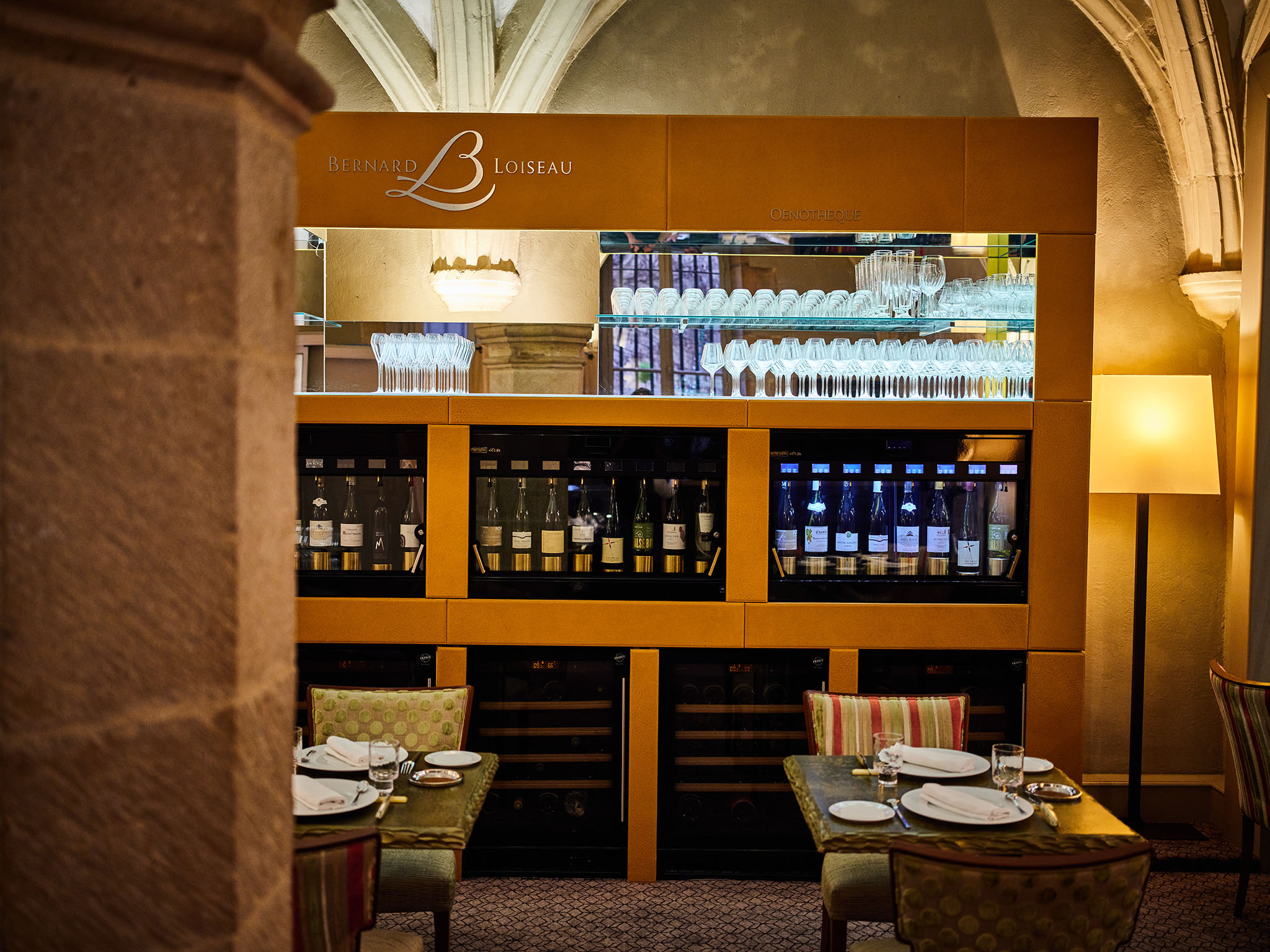
Loiseau des Ducs
